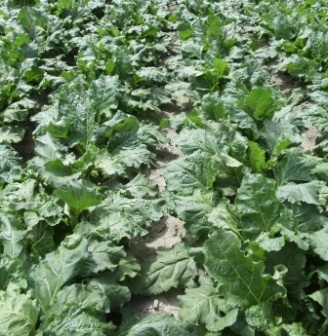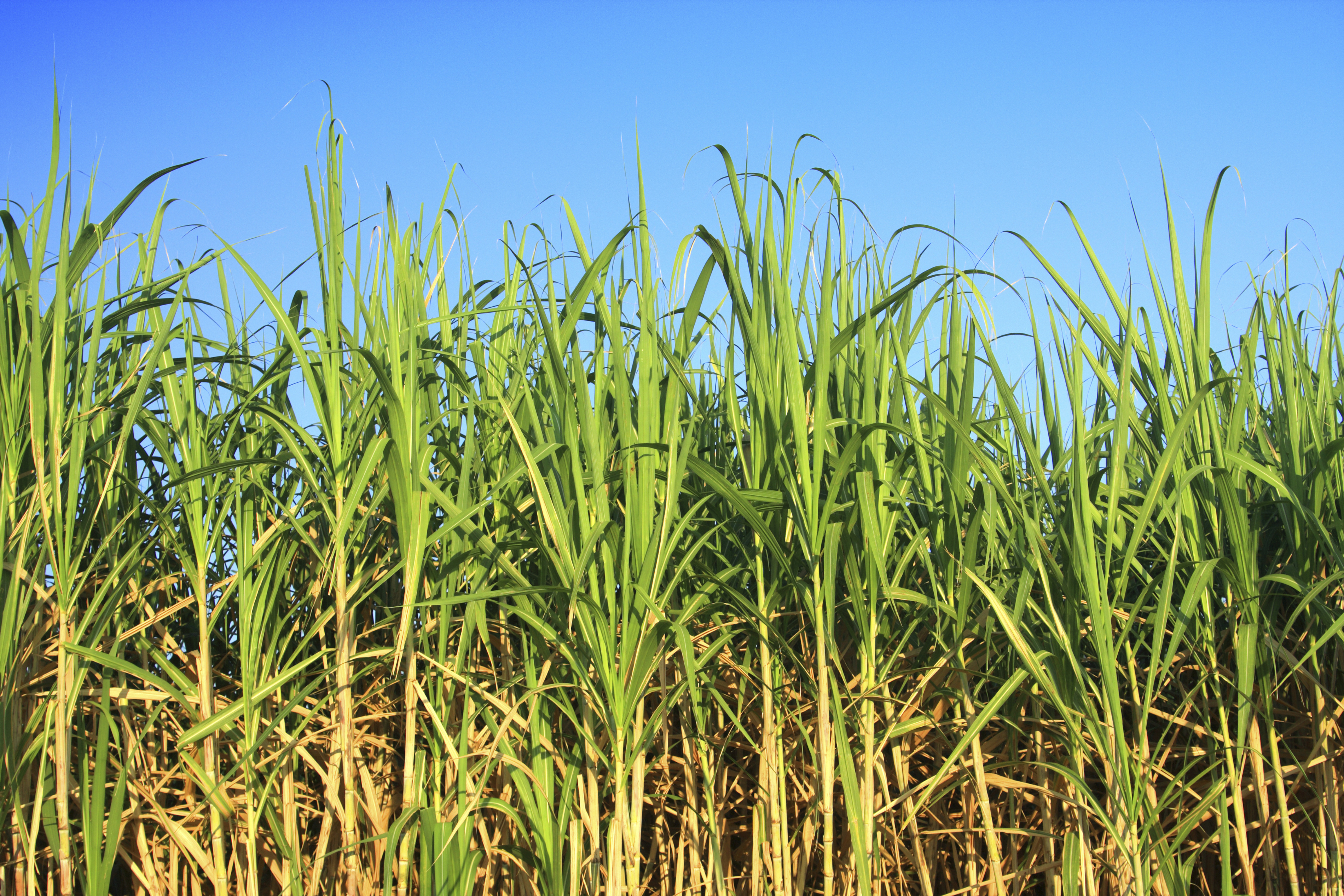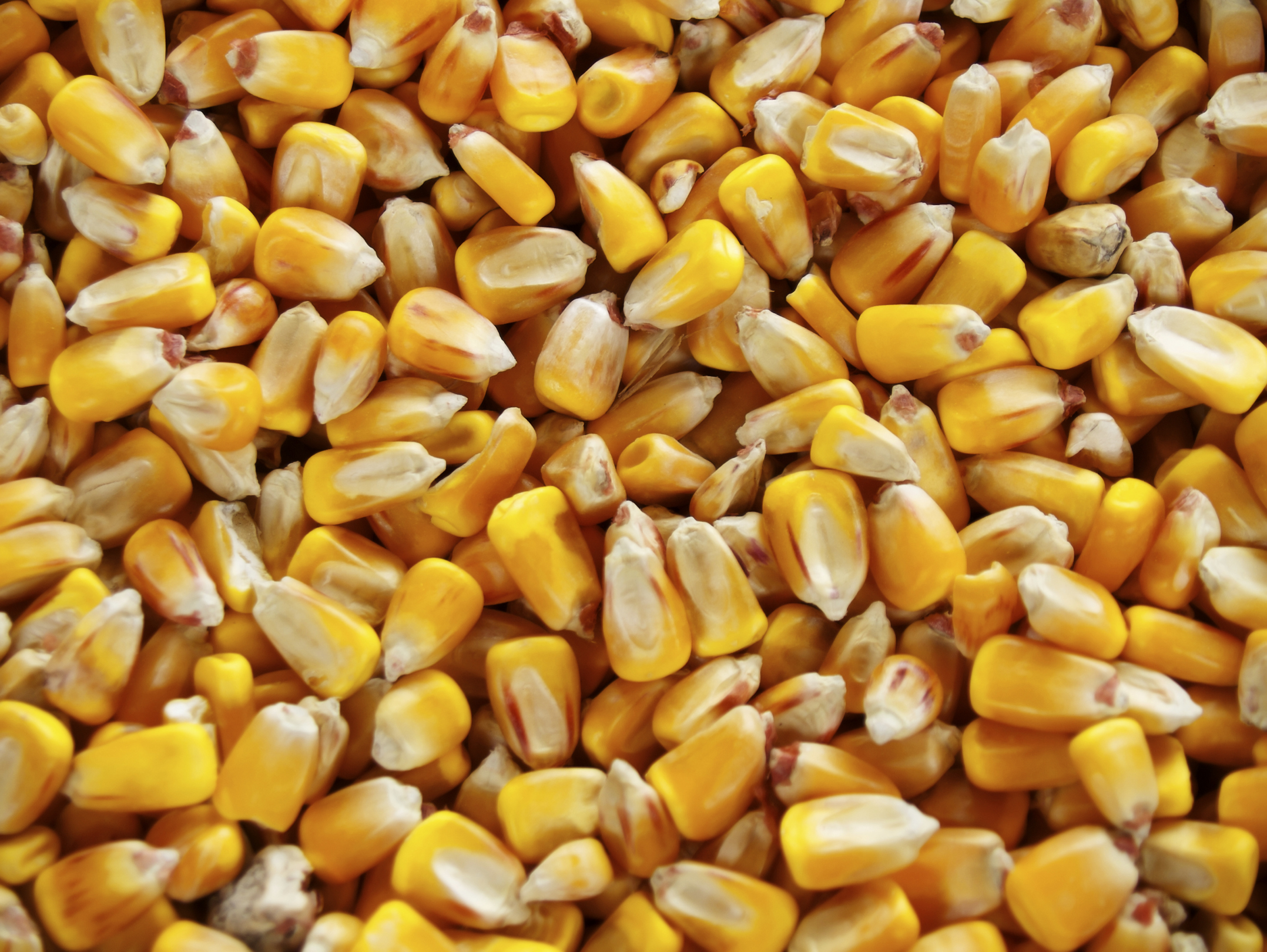oUR FEEDSTOCKS
In addition to our “drop-in” fuel and chemical characteristics, another of Virent’s key differentiators is the ability to use a wide variety of feedstocks in the BioForming® process. Our patented catalytic process can convert crop ‘first generation’ feedstocks (beet sugar, sugar cane, corn starch) as well as cellulosic ‘2nd generation’ feedstocks (bagasse, corn stover, grasses, sorghum and wood).
The Advantages of Feedstock Flexibility
Virent’s ability to utilize a variety of feedstocks means that a project can be developed using one type of feedstock (based on price, availability, quality, geography or supply chain, and other factors) and utilize other alternative feedstocks later if they provide longer term commercial advantages. For example, a Virent facility can initially utilize 1st gen sugar feedstocks to produce bio-fuels and bio-chemicals, moving to cellulosic sugars from biomass as that technology ramps up and the supply, quality and economics become proven at commercial scale.
Unlike biological processes that require a C6 or C5 sugars stream for fermentation, Virent’s catalytic BioForming process can process a mixture of plant sugars. Virent’s catalytic process can also use other soluble carbohydrates as feedstock, including biomass degradation products that act as inhibitors in fermentation based processes
CROP First Gen feedstocks
Sugars feedstocks from crops are commercially available today at large scale. These feedstocks are relatively easy to work with and process. Examples of these feedstocks include:
Corn Starch
Corn starch, which is derived from a portion of the corn kernel, is a mainstay of the corn refining industry, with a wide range of applications. Corn is grown extensively in the United States, China and Brazil.
Sugar Beets
 Sugar beets are plants that contain a high level of sucrose. Sugar beets are grown extensively in the European Union, the United States and Russia. The crystalline sugar from sugar beets is used interchangeably with cane sugar.
Sugar beets are plants that contain a high level of sucrose. Sugar beets are grown extensively in the European Union, the United States and Russia. The crystalline sugar from sugar beets is used interchangeably with cane sugar.
Sugarcane
 Sugarcane is a tall perennial grass that is native to the tropical regions of Asia. Sugarcane has fibrous stalks with high levels of sucrose. The world’s largest sugarcane producers are Brazil, India, China and Thailand.
Sugarcane is a tall perennial grass that is native to the tropical regions of Asia. Sugarcane has fibrous stalks with high levels of sucrose. The world’s largest sugarcane producers are Brazil, India, China and Thailand.
CELLULOSIC SECOND GEN FEEDSTOCKS
Cellulosic feedstocks are derived from plant-based materials such as agricultural wastes, grasses and wood. These plant-based materials require significant processing in order to extract the components that can be useful as sugars feedstocks. Various companies are developing different types of technologies to process cellulosic feedstocks, however these technologies have not yet been demonstrated at commercial scale. Examples of cellulosic feedstocks under development include (1) woody biomass from timber harvesting, such as pine; (2) bagasse, the fibrous residue remaining after sugarcane or sweet sorghum stalks are crushed to extract their juice; (3) corn stover, the leaves, husks, cobs and stalks of corn plants left over after the grain harvest; and (4) grasses such as elephant grass, miscanthus and switchgrass.

